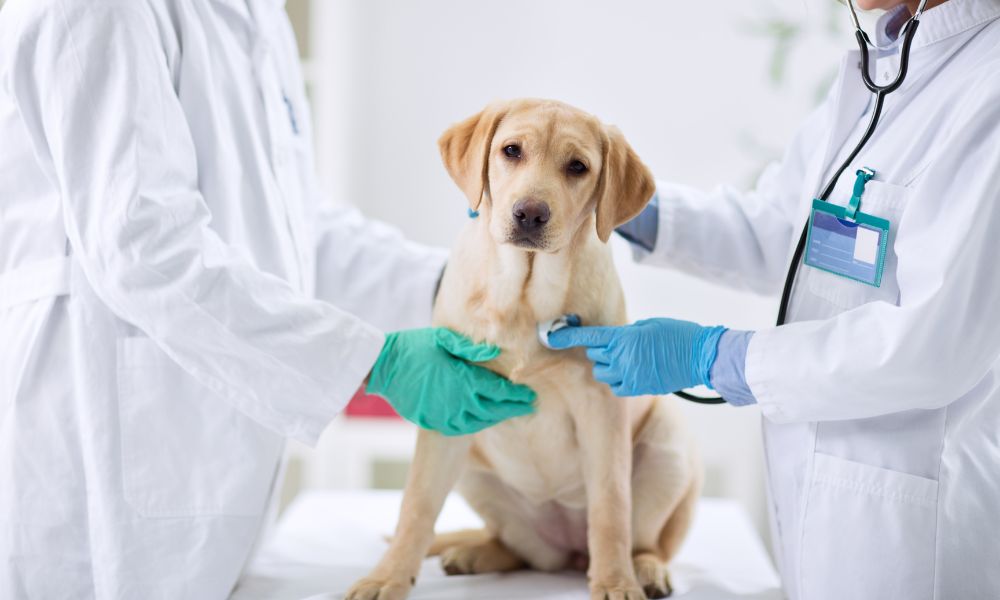
Most veterinary offices, from general health services to specialty clinics, produce hazardous waste. Their encounters with blood, pathogens, chemicals, and sharp tools produce numerous risks and waste that require certain health and safety protocols. As part of OSHA’s goal of creating healthy and safe workplaces, they have established regulations surrounding hazardous waste. Here are the five main types of medical waste regulated in veterinary offices.
Pathological Waste
Pathological waste refers to organs and body parts removed during surgery, autopsies, lab studies, and other medical procedures. Some states even extend pathological classifications to nails, hair, and teeth. Any items deemed pathological waste risk carrying pathogens and diseases that could harm people, making it hazardous and in need of proper disposal.
Biological Waste
Biological waste refers to blood and other bodily discharges and fluids. Akin to pathological waste, it risks carrying and spreading certain pathogens, making it a highly infectious hazard. As covered in veterinary OSHA training, biological waste is classified under “other potentially infectious materials” (OPIM). OPIM regulations pertain to the health and safety of bloodborne pathogens in a workplace—one of the most important topics covered in all medical OSHA standards.
Pharmaceutical Waste
Pharmaceutical waste includes all medicinal substances, from prescribed pills to patches. In veterinary offices, expired and unused drugs require specific discard protocols to prevent people with substance use disorders and other general populations from abusing any disposed-of substances. The FDA even requires some drugs to be flushed instead of discarded for optimal safety precautions.
Contaminated Tools
Veterinary offices use various sharp equipment and tools, from needles to scalpels. Single-use items that can’t be sanitized create safety hazards and contaminated waste, generating multiple health and safety risks. Contaminated tools or sharp waste require specific handling and discard procedures that prevent accidental incisions and the spread of contaminations and bloodborne diseases.
Contaminated Carcasses
Sometimes veterinary offices must take care of animal carcasses. When the animal’s corpses host diseases and contaminants, they become hazardous waste. Proper handling, removal, and disposal of contaminated dead bodies prevent infections, germs, and bacteria from spreading. These protocols also prevent the body from growing bacteria and mold cultures and attracting other contaminants or health concerns to the office.
Regulated medical waste in veterinary offices comes in numerous forms, from biological to pharmaceutical waste. It refers to any waste created that should not or cannot be discarded normally without posing risks. Regulating medical waste not only protects those working and using the clinic as OSHA aims to achieve. It also prevents harmful scenarios from occurring outside of the practice. Most general waste ends up in landfills accessible to the environment and the general public. Properly disposing of hazardous and contaminated waste creates optimized safety precautions, protecting people and animals.

